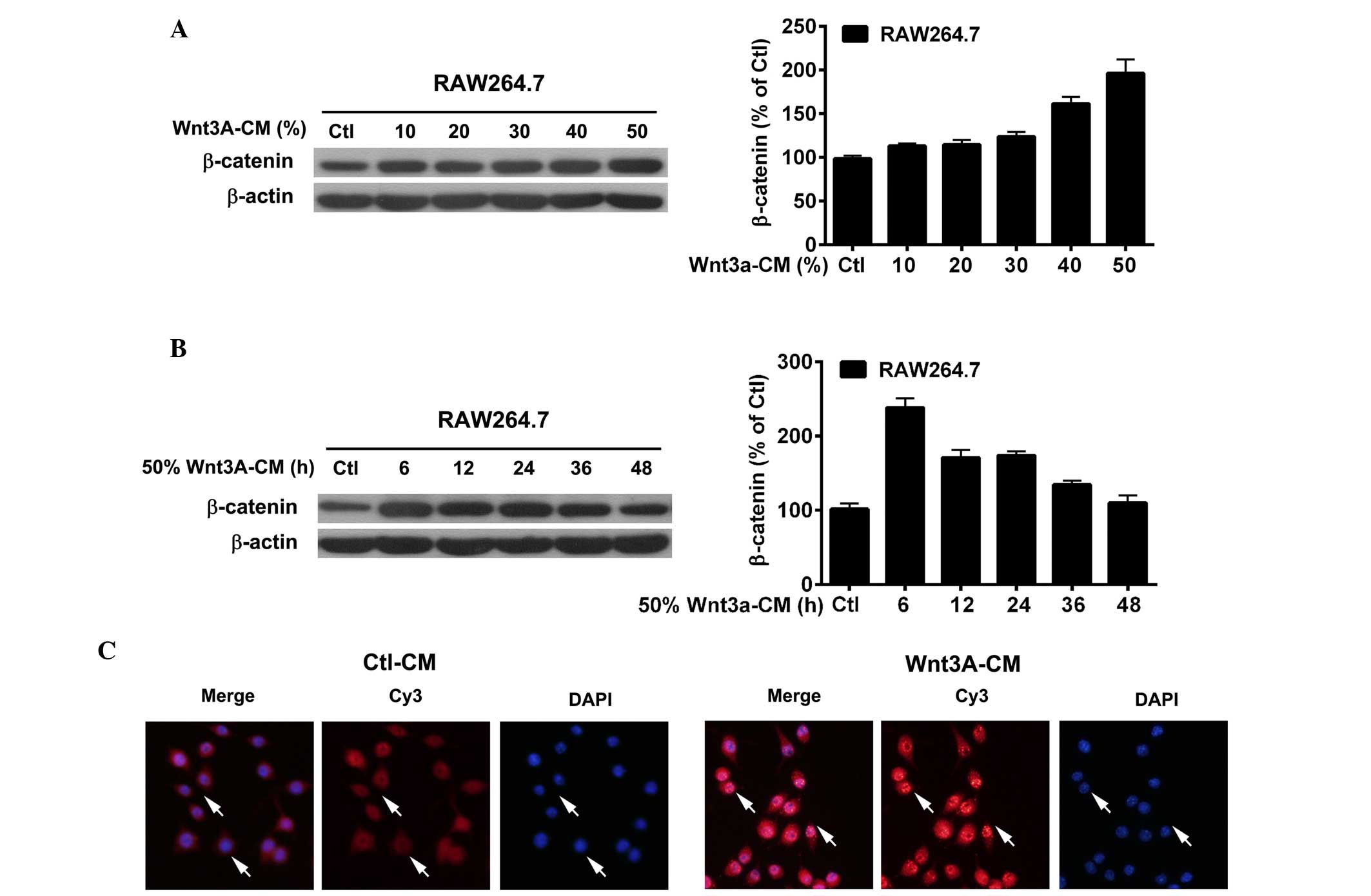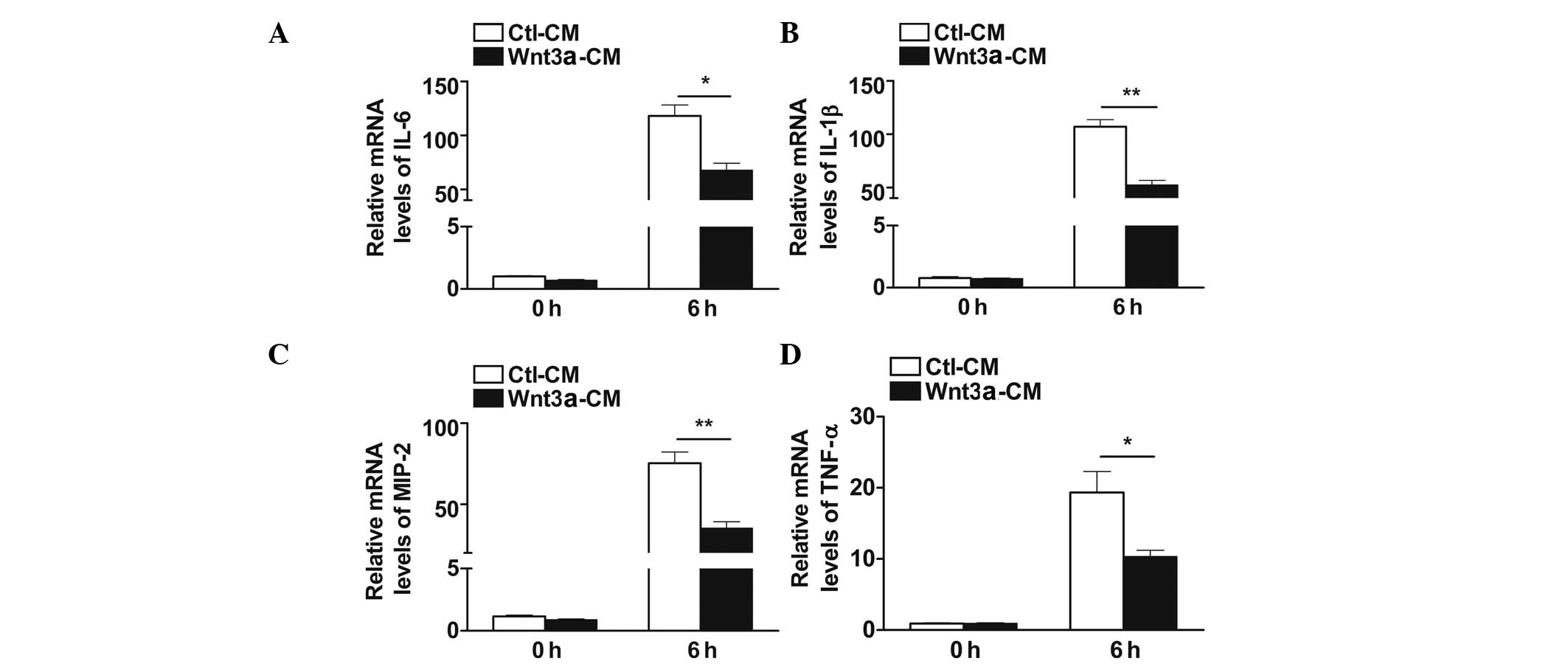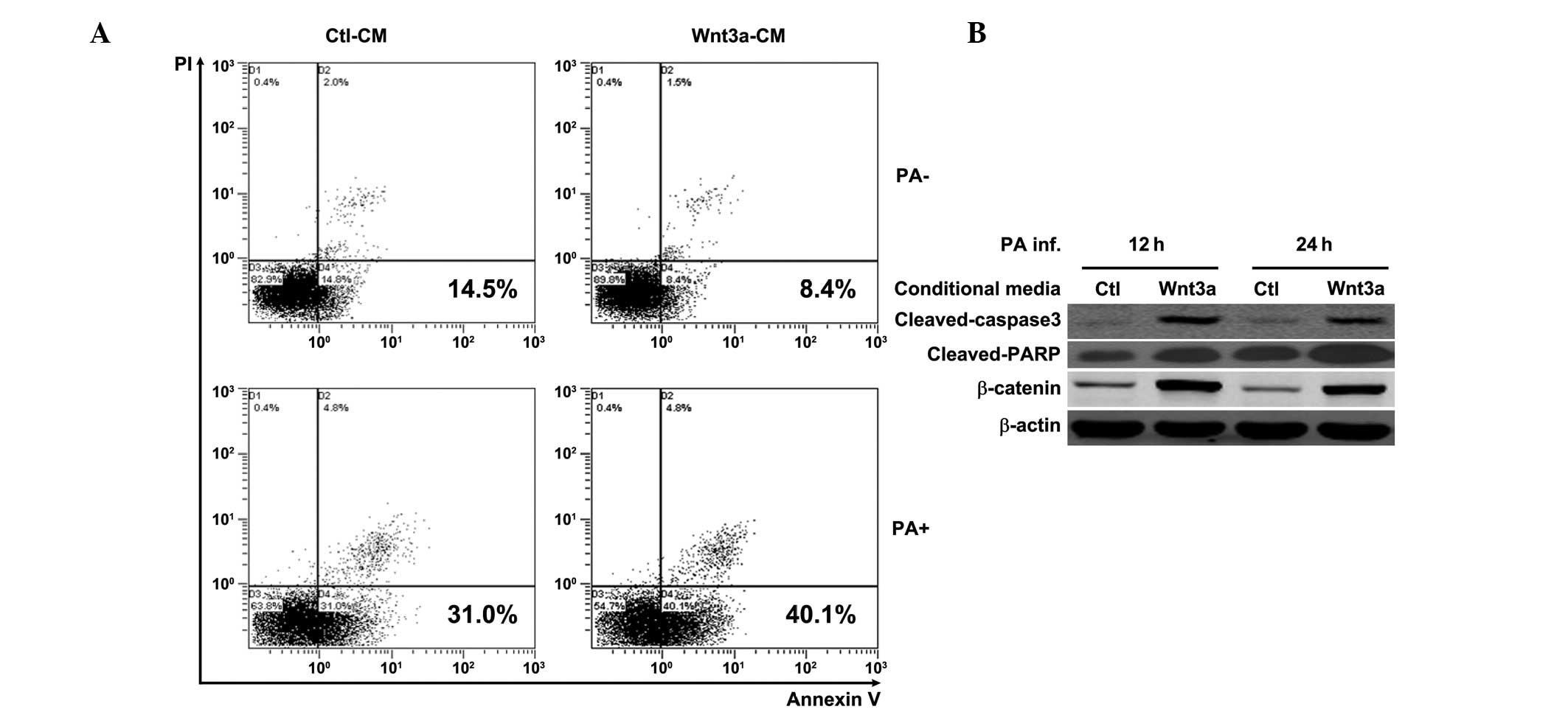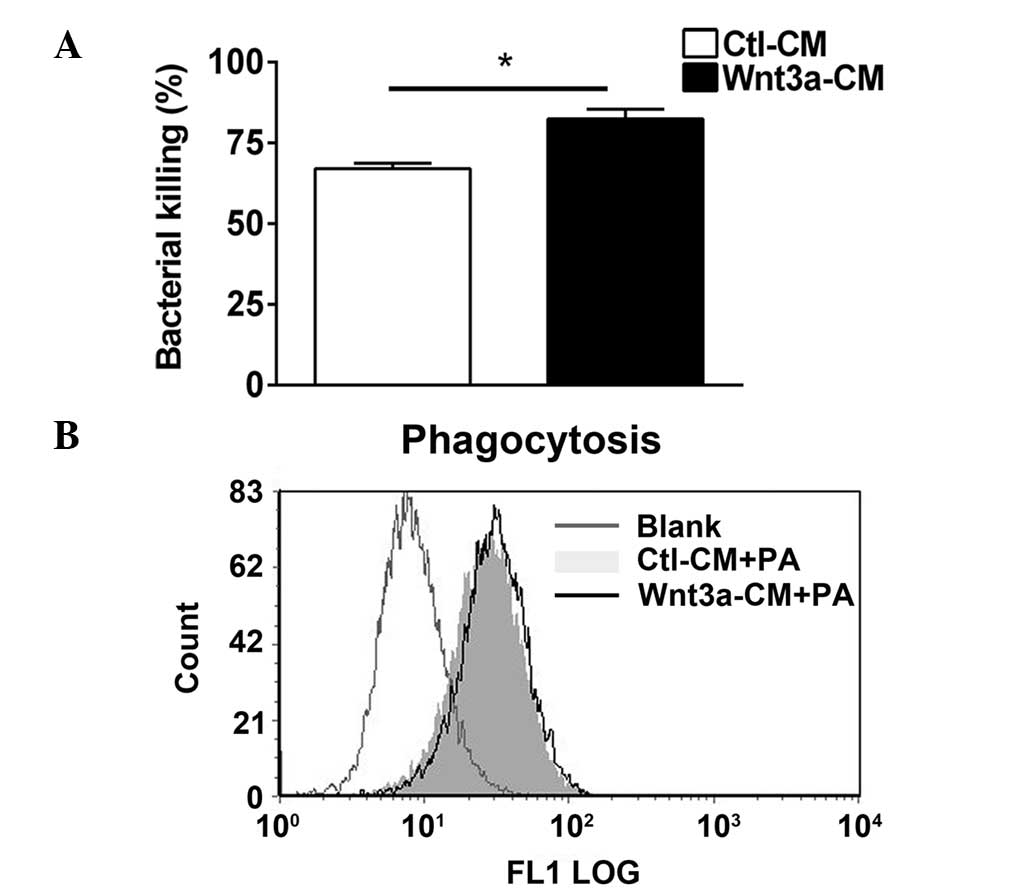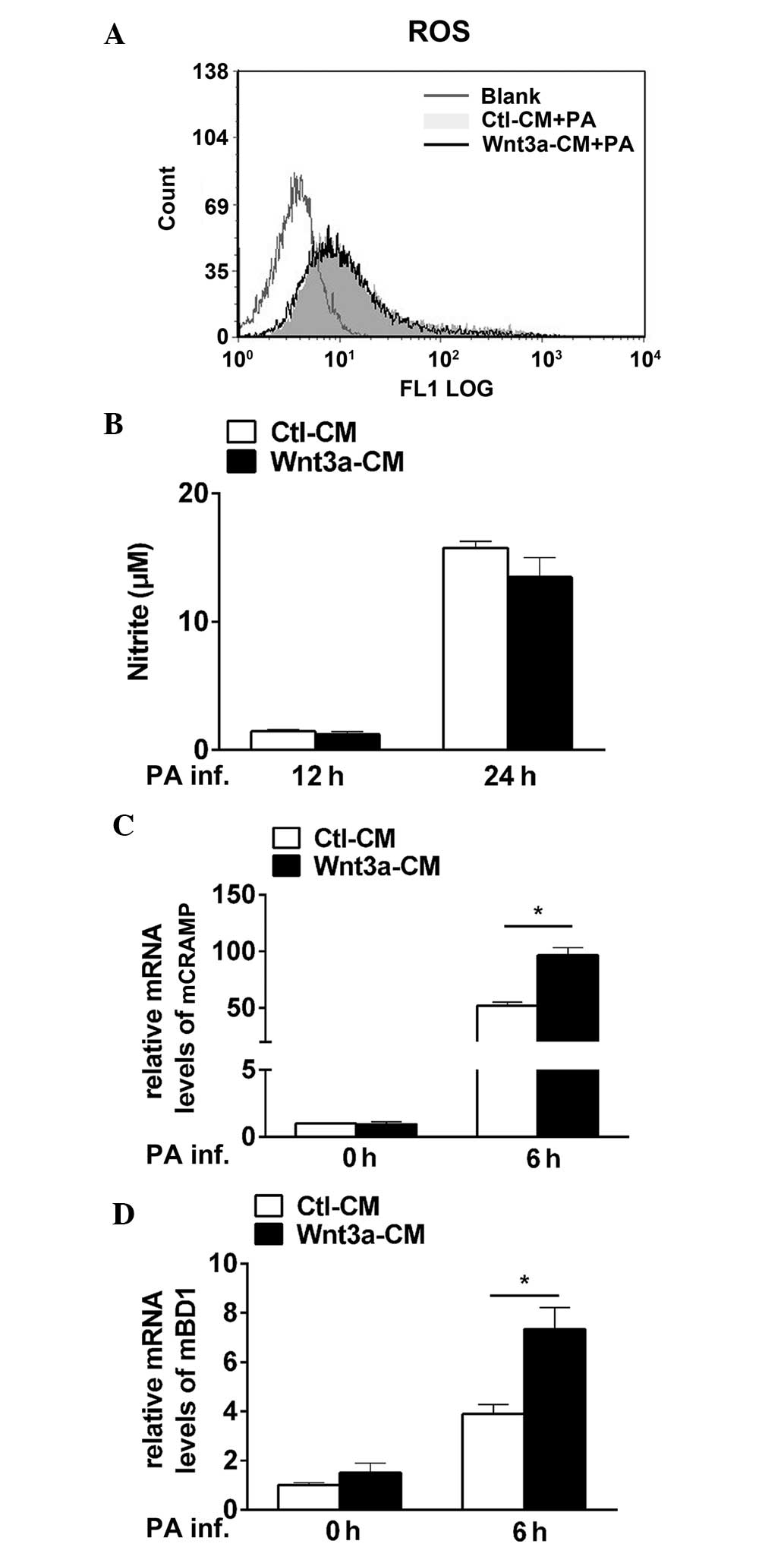|
1
|
Lovewell RR, Patankar YR and Berwin B:
Mechanisms of phagocytosis and host clearance of Pseudomonas
aeruginosa. Am J Physiol Lung Cell Mol Physiol. 306:L591–L603.
2014. View Article : Google Scholar : PubMed/NCBI
|
|
2
|
Hazlett LD: Corneal response to
Pseudomonas aeruginosa infection. Prog Retin Eye Res. 23:1–30.
2004. View Article : Google Scholar : PubMed/NCBI
|
|
3
|
Bielecki P, Glik J, Kawecki M and Martins
dos Santos VA: Towards understanding Pseudomonas aeruginosa burn
wound infections by profiling gene expression. Biotechnol Lett.
30:777–790. 2008. View Article : Google Scholar
|
|
4
|
Kowalski RP, Romanowski EG, Mah FS, Shanks
RM and Gordon YJ: Topical levofloxacin 1.5% overcomes in vitro
resistance in rabbit keratitis models. Acta Ophthalmol.
88:e120–e125. 2010. View Article : Google Scholar : PubMed/NCBI
|
|
5
|
McCormick C, Caballero A, Tang A, Balzli
C, Song J and O'Callaghan R: Effectiveness of a new tobramycin
(0.3%) and dexamethasone (0.05%) formulation in the treatment of
experimental Pseudomonas keratitis. Curr Med Res Opin.
24:1569–1575. 2008. View Article : Google Scholar : PubMed/NCBI
|
|
6
|
Mohammadpour M, Mohajernezhadfard Z,
Khodabande A and Vahedi P: Antibiotic susceptibility patterns of
Pseudomonas corneal ulcers in contact lens wearers. Middle East Afr
J Ophthalmol. 18:228–231. 2011. View Article : Google Scholar : PubMed/NCBI
|
|
7
|
Hazlett LD: Pathogenic mechanisms of P.
aeruginosa keratitis: A review of the role of T cells, Langerhans
cells, PMN and cytokines. DNA Cell Biol. 21:383–390. 2002.
View Article : Google Scholar : PubMed/NCBI
|
|
8
|
Kernacki KA, Goebel DJ, Poosch MS and
Hazlett LD: Early cytokine and chemokine gene expression during
Pseudomonas aeruginosa corneal infection in mice. Infect Immun.
66:376–379. 1998.PubMed/NCBI
|
|
9
|
Zhou T, Hu Y, Chen Y, Zhou KK, Zhang B,
Gao G and Ma JX: The pathogenic role of the canonical Wnt pathway
in age-related macular degeneration. Invest Ophthalmol Vis Sci.
51:4371–4379. 2010. View Article : Google Scholar :
|
|
10
|
You J, Nguyen AV, Albers CG, Lin F and
Holcombe RF: Wnt pathway-related gene expression in inflammatory
bowel disease. Dig Dis Sci. 53:1013–1019. 2008. View Article : Google Scholar
|
|
11
|
Miao CG, Yang YY, He X, Li XF, Huang C,
Huang Y, Zhang L, Lv XW, Jin Y and Li J: Wnt signaling pathway in
rheumatoid arthritis, with special emphasis on the different roles
in synovial inflammation and bone remodeling. Cell Signal.
25:2069–2078. 2013. View Article : Google Scholar : PubMed/NCBI
|
|
12
|
Wodarz A and Nusse R: Mechanisms of Wnt
signaling in development. Annu Rev Cell Dev Biol. 14:59–88. 1998.
View Article : Google Scholar
|
|
13
|
Aumiller V, Balsara N, Wilhelm J, Günther
A and Königshoff M: WNT/β-catenin signaling induces IL-1β
expression by alveolar epithelial cells in pulmonary fibrosis. Am J
Respir Cell Mol Biol. 49:96–104. 2013. View Article : Google Scholar : PubMed/NCBI
|
|
14
|
Liu X, Lu R, Wu S, Zhang YG, Xia Y, Sartor
RB and Sun J: Wnt2 inhibits enteric bacterial-induced inflammation
in intestinal epithelial cells. Inflamm Bowel Dis. 18:418–429.
2012. View Article : Google Scholar :
|
|
15
|
Liu X, Wu S, Xia Y, Li XE, Xia Y, Zhou ZD
and Sun J: Wingless homolog Wnt11 suppresses bacterial invasion and
inflammation in intestinal epithelial cells. Am J Physiol
Gastrointest Liver Physiol. 301:G992–G1003. 2011. View Article : Google Scholar : PubMed/NCBI
|
|
16
|
Zimmerman ZF, Kulikauskas RM, Bomsztyk K,
Moon RT and Chien AJ: Activation of Wnt/β-catenin signaling
increases apoptosis in melanoma cells treated with trail. PLoS One.
8:e695932013. View Article : Google Scholar
|
|
17
|
Gui S, Yuan G, Wang L, Zhou L, Xue Y, Yu
Y, Zhang J, Zhang M, Yang Y and Wang DW: Wnt3a regulates
proliferation, apoptosis and function of pancreatic NIT-1 beta
cells via activation of IRS2/PI3K signaling. J Cell Biochem.
114:1488–1497. 2013. View Article : Google Scholar : PubMed/NCBI
|
|
18
|
Kim JS, Yeo S, Shin DG, Bae YS, Lee JJ,
Chin BR, Lee CH and Baek SH: Glycogen synthase kinase 3beta and
beta-catenin pathway is involved in toll-like receptor 4-mediated
NADPH oxidase 1 expression in macrophages. FEBS J. 277:2830–2837.
2010. View Article : Google Scholar : PubMed/NCBI
|
|
19
|
Du Q, Park KS, Guo Z, He P, Nagashima M,
Shao L, Sahai R, Geller DA and Hussain SP: Regulation of human
nitric oxide synthase 2 expression by Wnt beta-catenin signaling.
Cancer Res. 66:7024–7031. 2006. View Article : Google Scholar : PubMed/NCBI
|
|
20
|
Huang LC, Reins RY, Gallo RL and McDermott
AM: Cathelicidin-deficient (Cnlp −/−) mice show increased
susceptibility to Pseudomonas aeruginosa keratitis. Invest
Ophthalmol Vis Sci. 48:4498–4508. 2007. View Article : Google Scholar : PubMed/NCBI
|
|
21
|
Kumar A, Hazlett LD and Yu FS: Flagellin
suppresses the inflammatory response and enhances bacterial
clearance in a murine model of Pseudomonas aeruginosa keratitis.
Infect Immun. 76:89–96. 2008. View Article : Google Scholar :
|
|
22
|
Hazlett L and Wu M: Defensins in innate
immunity. Cell Tissue Res. 343:175–188. 2011. View Article : Google Scholar
|
|
23
|
Chen K, Yin L, Nie X, Deng Q, Wu Y, Zhu M,
Li D, Li M, Wu M and Huang X: β-Catenin promotes host resistance
against Pseudomonas aeruginosa keratitis. J Infect. 67:584–594.
2013. View Article : Google Scholar : PubMed/NCBI
|
|
24
|
Mariencheck WI, Savov J, Dong Q, Tino MJ
and Wright JR: Surfactant protein A enhances alveolar macrophage
phagocytosis of a live, mucoid strain of P. aeruginosa. Am J
Physiol. 277:L777–L786. 1999.PubMed/NCBI
|
|
25
|
Neumann J, Schaale K, Farhat K, Endermann
T, Ulmer AJ, Ehlers S and Reiling N: Frizzled1 is a marker of
inflammatory macrophages and its ligand Wnt3a is involved in
reprogramming Mycobacterium tuberculosis-infected macrophages.
FASEB J. 24:4599–4612. 2010. View Article : Google Scholar : PubMed/NCBI
|
|
26
|
Sun J, Hobert ME, Rao AS, Neish AS and
Madara JL: Bacterial activation of beta-catenin signaling in human
epithelia. Am J Physiol Gastrointest Liver Physiol. 287:G220–G227.
2004. View Article : Google Scholar : PubMed/NCBI
|
|
27
|
Sun J, Hobert ME, Duan Y, Rao AS, He TC,
Chang EB and Madara JL: Crosstalk between NF-kappaB and
beta-catenin pathways in bacterial-colonized intestinal epithelial
cells. Am J Physiol Gastrointest Liver Physiol. 289:G129–G137.
2005. View Article : Google Scholar : PubMed/NCBI
|
|
28
|
Wu X, Deng G, Hao X, Li Y, Zeng J, Ma C,
He Y, Liu X and Wang Y: A caspase-dependent pathway is involved in
Wnt/β-catenin signaling promoted apoptosis in Bacillus
Calmette-Guerin infected RAW264.7 macrophages. Int J Mol Sci.
15:5045–5062. 2014. View Article : Google Scholar : PubMed/NCBI
|
|
29
|
Xu S and Gotlieb AI: Wnt3a/β-catenin
increases proliferation in heart valve interstitial cells.
Cardiovasc Pathol. 22:156–166. 2013. View Article : Google Scholar
|
|
30
|
Thomas EL, Lehrer RI and Rest RF: Human
neutrophil antimicrobial activity. Rev Infect Dis. 10(Suppl 2):
S450–S456. 1988. View Article : Google Scholar : PubMed/NCBI
|
|
31
|
Wiesner J and Vilcinskas A: Antimicrobial
peptides: The ancient arm of the human immune system. Virulence.
1:440–464. 2010. View Article : Google Scholar : PubMed/NCBI
|



